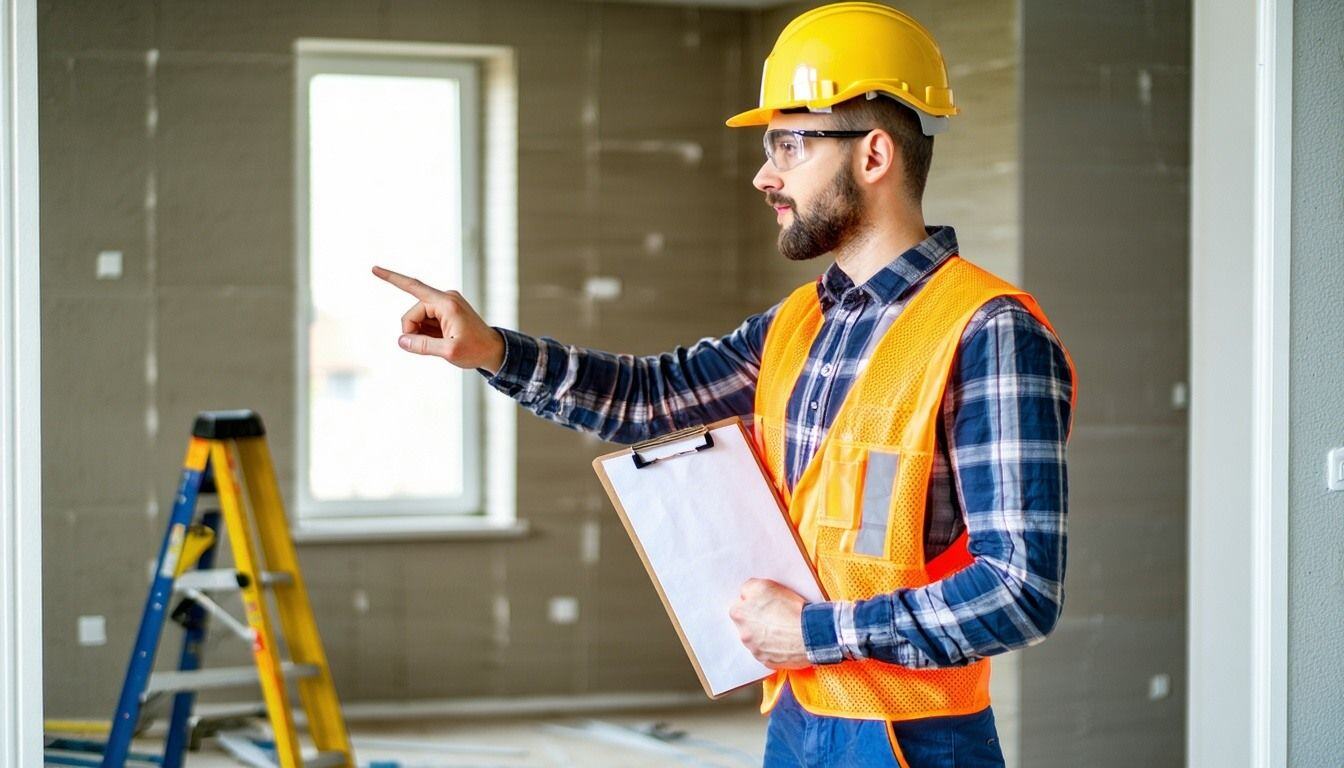DIY Home Energy Audit: How to Assess Your Home's Energy Use


Are your monthly energy bills creeping higher than you'd like?
A home energy audit can show you where your house is wasting energy and what steps you can take to save money.
You have options when it comes to an energy assessment of your home. You can:
- Hire a professional for a detailed home energy audit.
- Request a basic analysis from your energy provider.
- Or try a DIY home energy audit -- a do-it-yourself approach that gives you a clearer picture of how your home is performing.
At RetroFoam of Michigan, we've been helping homeowners make their homes more energy-efficient since 2002. With that experience, we know which problem areas are often overlooked.
Let's walk through what a do-it-yourself home energy assessment looks like and what you should check for.
What is a Home Energy Audit?
A home energy audit (sometimes called a home energy assessment) is an inspection that identifies where your home is losing energy.
By spotting leaks, inefficient systems, and poor insulation, you can take action to cut energy use and improve comfort.
According to the U.S. Department of Energy, simple DIY steps can help you uncover hidden problems and lower bills before calling in the pros.
DIY Home Energy Audit Checklist
Here are the main things to look for in a DIY home energy assessment.
1. Finding and Sealing Air Leaks
Air leaks are one of the biggest culprits behind energy bills.
Just reducing them could save you 10 to 20 percent each year, according to the DOE.
Check for drafts around:
- Windows and doors
- Electrical outlets and switches
- Pipes and wiring
- Faucets and vents
- Cracks in your foundation
Use caulk or weatherstripping to seal leaks. Think of air leaks as money leaking right out of your walls.
2. Heating and Cooling Systems
Your furnace and AC account for a large share of your energy use.
If they're running constantly but your home never feels right, it's costing you.
- Change filters every one to two months.
- Schedule annual professional tune-ups.
- Look for dirt streaks on ductwork, which may indicate leaks -- seal them with duct mastic.
- If your system is 15 years old or older, consider upgrading to a high-efficiency model.
3. Home Lighting
Lighting makes up about 10 percent of a typical electric bill.
Switching to energy-efficient options like LEDs can save money long-term.
Tip: Check with your utility company for rebates on energy-saving bulbs.
4. Appliances and "Vampire" Electronics
Even when turned off, electronics like TVs, game consoles, and chargers draw power.
- Unplug devices when not in use.
- Use smart power strips to cut phantom energy use.
- Consider replacing older appliances with Energy Star models.
5. Insulation Levels
Poor insulation can make your home drafty and expensive to heat or cool.
Warning signs include:
- Ice dams on the roof
- Cold walls and floors
- Uneven temperatures between rooms
Traditional insulation like fiberglass and cellulose can settle or shift over time, leaving gaps. Foam insulation creates an air seal from the attic to the crawl space, keeping conditioned air inside where it belongs.
Bonus: Many energy providers offer rebates for adding insulation or sealing air leaks.
Professional vs. DIY Home Energy Assessments
While a DIY home energy audit is a great start, a professional assessment gives you the most complete picture.
Professionals use specialized tools like blower doors and infrared cameras to detect hidden issues.
That said, taking these DIY steps now can uncover quick fixes, save you money immediately, and prepare you for any future upgrades.
If you want to learn more about sealing up air leaks and boosting your home's efficiency with foam insulation, check out the Learning Center on our website.
Key Points:
- A home energy audit (or home energy assessment) helps identify energy loss and comfort issues in your home.
- You can do a DIY home energy audit by checking for air leaks, inspecting insulation, reviewing heating/cooling systems, updating lighting, and evaluating appliances.
- Sealing leaks and improving insulation can save 10 to 20 percent on annual energy bills.
- DIY steps are helpful, but a professional energy audit for the home provides a deeper, more accurate analysis.
Related Articles
What to Expect During a Professional Home Energy Audit (Assessment/Measurements/Cost)
4 Renewable Energy Options for Michigan Homeowners
How Much Money Will Foam Insulation Save on Monthly Energy Bills?
About Amanda Emery
Amanda previously has worked as a breaking news and crime reporter, TV news producer, and editor in Flint and Detroit. Throughout her career as a journalist, she has won several awards from The Society of Professional Journalists - Detroit Chapter and the Michigan Press Association. As part of the RetroFoam of Michigan family, Amanda uses her experience as a journalist to write content that will help educate homeowners on the benefits of foam insulation. When Amanda isn’t writing, she’s spending time with her husband and rescued huskies. She also loves knitting, making art, cooking, and hosting dinner and a movie night for friends and family.


